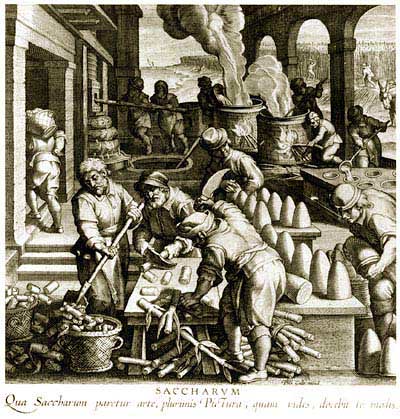
‘Turin (Italian: Torino; Piedmontese: Turin; pronounced [tyɾ'iɳ]) is a major city as well as a business and cultural centre in northern Italy, capital of the Piedmont region, located mainly on the left bank of the Po River surrounded by the Alpine arch. The population of the city of Turin is 910,437 (June 2008); its agglomeration totals 1.7 million inhabitants, ranking fourth in Italy, while its metropolitan area has a population of 2.2 million inhabitants [2]. It is ranked third, after Rome and Milan, for economic strength[3]’.
http://en.wikipedia.org/wiki/Torino
By the end of the 19th century Torino had become a major industrial centre of the Italina North.
‘In 1861, Turin became the capital of the newly proclaimed United Italy. In 1865 the capital was moved to Florence. (Since 8 July 1871, the capital has been Rome.) Turin reacted to the loss of importance by beginning a rapid industrialisation: in 1899 Fiat was founded and Lancia in 1906. The Universal Exposition held in Turin in 1902 is often considered the pinnacle of Art Nouveau design, and the city hosted the Exposition again in 1911. By this time, Turin had grown to 430,000 inhabitants’.
http://en.wikipedia.org/wiki/Torino
At the same time, as an industrial centre it became also a vivid centre of the Italina working class:
‘After World War I, conflicts between workers and industrialists began. The first strikes took place and in 1920 the Lingotto factory was occupied’
http://en.wikipedia.org/wiki/Torino
Giovanni Agnelli (founder of Fiat) and Vincenzo Lancia (founder of Fiat) were famous natives of the city. As well as Antonio Gramsci, the political theorist and famous founder of the Communist Party of Italy.
http://en.wikipedia.org/wiki/Antonio_Gramsci

No comments:
Post a Comment